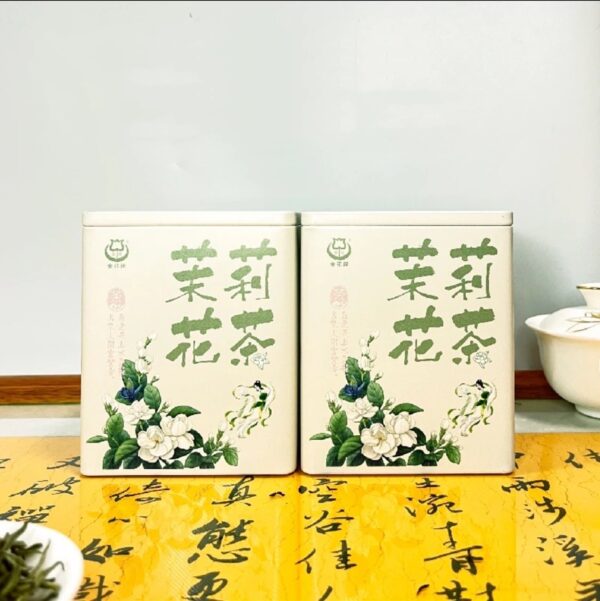
# Jasmine Tea: A Fragrant Journey Through Flavor and Tradition
## The Origins of Jasmine Tea
Jasmine tea has a rich history that dates back over 1,000 years to China’s Song Dynasty. This delicate floral tea originated in Fujian province, where tea makers discovered the perfect method for infusing green tea leaves with the intoxicating scent of fresh jasmine blossoms.
The traditional production process remains largely unchanged today, requiring meticulous timing and patience. Tea artisans carefully harvest jasmine flowers at their peak bloom, typically during the warm summer months when their fragrance is most potent.
## The Art of Jasmine Tea Production
Creating authentic jasmine tea is a labor-intensive process that showcases the skill of master tea blenders:
– Base tea selection: High-quality green tea leaves serve as the foundation
– Flower harvesting: Jasmine blooms are picked in late afternoon when petals begin to open
– Layering process: Tea leaves and flowers are alternately layered in precise ratios
– Scenting: The mixture rests overnight as the tea absorbs the jasmine essence
– Separation: Flowers are removed, and the process may be repeated multiple times
This traditional method can take up to six weeks to complete, resulting in a tea with remarkable depth and complexity.
## Health Benefits of Jasmine Tea
Beyond its delightful aroma and taste, jasmine tea offers numerous health advantages:
Keyword: jasmine tea
### Antioxidant Properties
The combination of green tea polyphenols and jasmine compounds creates a powerful antioxidant blend that may help combat free radicals in the body.
### Stress Reduction
The soothing floral aroma has been shown to promote relaxation and reduce anxiety levels, making jasmine tea an excellent choice for unwinding after a long day.
### Digestive Aid
Traditionally used after meals, jasmine tea can help stimulate digestion and alleviate stomach discomfort.
## Brewing the Perfect Cup
To fully appreciate jasmine tea’s nuanced flavors, proper brewing is essential:
1. Use fresh, filtered water heated to 175-185°F (80-85°C)
2. Measure 1 teaspoon of tea leaves per 8 oz cup
3. Steep for 2-3 minutes for optimal flavor extraction
4. Enjoy plain or with a touch of honey to enhance the natural sweetness
For iced jasmine tea, double the amount of leaves and pour over ice after brewing.
## Cultural Significance
Jasmine tea holds a special place in Chinese culture, often served during important ceremonies and family gatherings. The tea symbolizes purity, elegance, and the harmonious balance between nature and human craftsmanship.
In modern times, jasmine tea has gained international recognition, becoming a staple in tea houses worldwide while maintaining its connection to centuries-old traditions.
## Exploring Jasmine Tea Varieties
From delicate white tea bases to robust oolong blends, jasmine tea comes in several delightful variations:
– Jasmine Silver Needle: A premium white tea scented with jasmine
– Jasmine Dragon Pearl: Hand-rolled green tea balls that unfurl when brewed
– Jasmine Oolong: A semi-oxidized tea with deeper floral notes
– Jasmine Black Tea: A bolder interpretation with malty undertones
Each variety offers a unique tasting experience while preserving the distinctive jasmine character that has captivated tea lovers for generations.